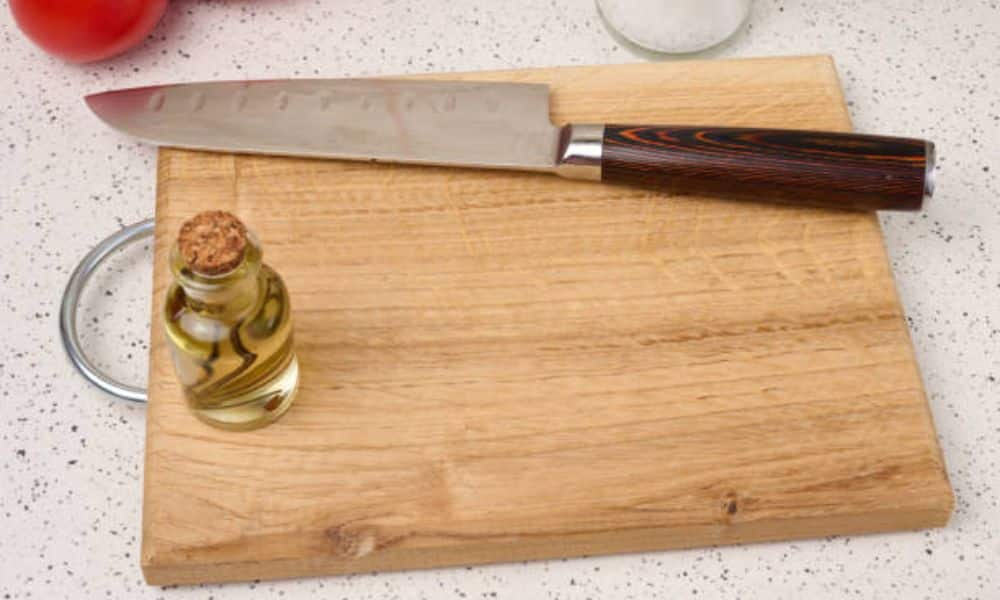I still remember the first time I oiled my wooden cutting board. It was a gift from my brother. Thick maple. Heavy and smooth. I used it right away. Washed it. Let it dry. Used it again. No big deal. But after a few weeks, the wood changed. It looked dull. It felt rough. A small crack formed near the edge. That’s when I knew—it needed care. I started reading and trying things. I learned fast. In this post, I’ll show you how to oil your cutting board for the first time. I’ll also share tips that saved mine. Let’s get started.
Why Oiling Matters
Wood is like skin. It dries out. It gets thirsty. When left dry, wood cracks. It warps. It absorbs water and smells.
Oiling creates a shield. It fills in the pores and makes it water-resistant. That keeps out food and bacteria. Just like the Best Cutting Board For Brisket, a well-oiled surface feels smooth, fresh, and ready for the next slice.
What You’ll Need
Here’s a short list of what to gather before you begin:
- Food-grade mineral oil (not cooking —more on that soon)
- A soft, clean cloth (lint-free)
- Paper towels or another dry cloth
- A warm place for drying
- Optional: beeswax cream or butter
These tools are simple. You likely have most at home already.
Step-by-Step: How to Oil a Cutting Board for the First Time
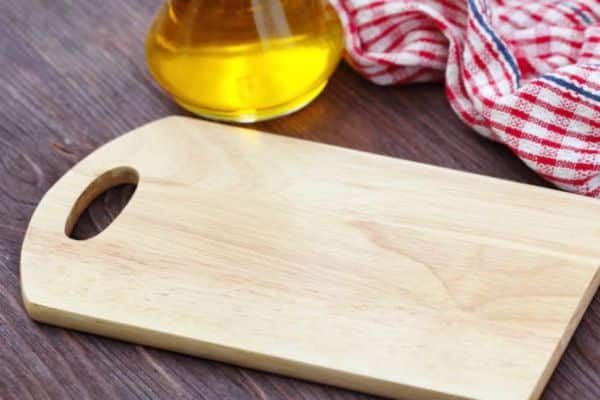
Let’s break it down so it’s easy to follow.
Step 1: Clean the Board
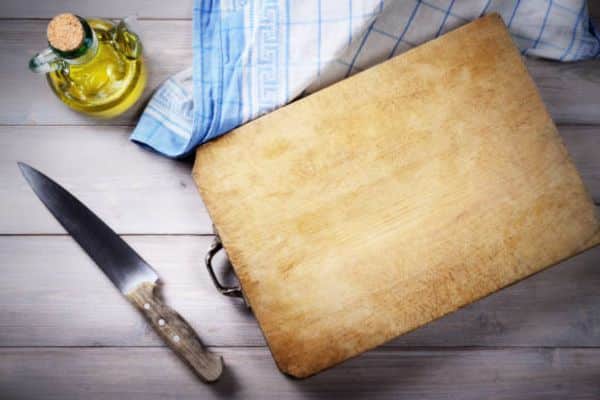
Start with a dry, clean board.
Wipe off any crumbs or dust. Use a mild soap and warm water if needed. Never soak it. Rinse fast and dry right away with a towel. Let it air-dry for a few hours before oiling. The surface should be fully dry before oil hits the wood.
Step 2: Pour the Oil
Now, grab your bottle of food-grade mineral oil. Pour a line of across the top surface. Start small—just a tablespoon or two. You can always add more. Don’t flood the board.
Step 3: Rub It In
Using your cloth, rub the oil in. Go in circles. Cover the entire surface. Get the corners and the edges too. Make sure the oil sinks in. You’ll see dry spots vanish. The board will begin to glow. Don’t forget the back. Turn over and do the same.
Step 4: Let It Soak
Once the board is covered, let it rest. Leave it standing or flat in a warm, dry place for at least 4 hours. Overnight is even better. The water will slowly soak into the grain. That’s what you want.
Step 5: Wipe Off Extra
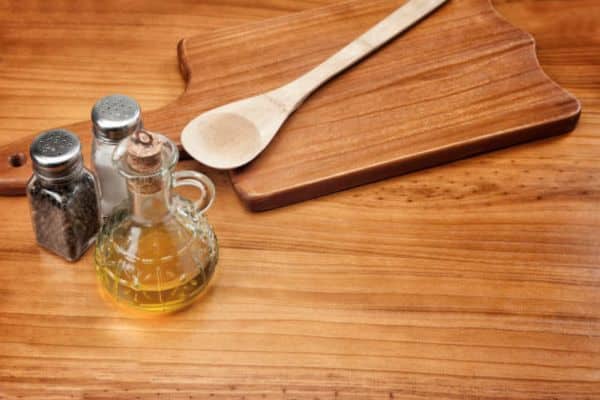
After soaking, check for leftover oil. Use a paper towel or cloth to wipe off any puddles or shine. The board should feel smooth, not greasy.
Step 6: Add Board Butter (Optional)
For extra care, rub in a little broad butter after the oil. Butter is a mix of mineral oil and beeswax. It adds a thin wax layer that seals even more. I usually do this step once a month. But for first-timers, it’s a great final touch.
Tips for Oiling Like a Pro
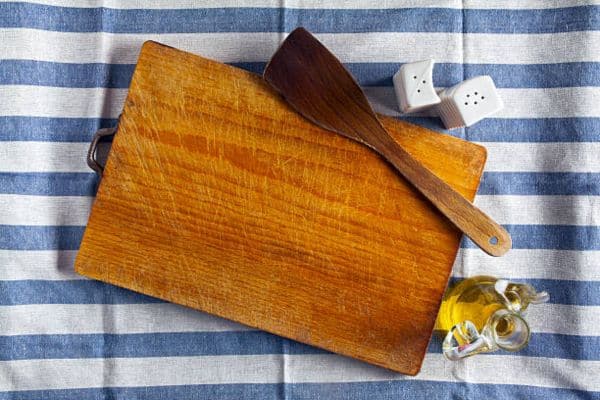
Here are some personal tips I’ve learned along the way:
Avoid Cooking Oils
Never use olive, vegetable, or coconut oil. They go rancid. Will smell bad over time. Stick with mineral oil that’s labeled food-safe. It doesn’t spoil.
Warm the Oil a Bit
Warming mineral (not hot—just warm) makes it easier to spread. It soaks in faster too.
I let the bottle sit in a bowl of warm water for five minutes before use. Works like a charm.
Repeat Often Early On
For brand-new boards, oil them once a week for the first month. Then once a month after that. Wood is dry when new. It needs regular oiling at first to build up protection.
Watch for Changes
You’ll notice when your board starts looking dull. It may feel rough or light in color. That’s your sign—it’s time to again.
Don’t Forget the Edges
It’s easy to focus on the surface and forget the sides. But the edges matter too. They soak up moisture just as fast. Give them attention.
Use a Board for Drying
After oiling, I rest my board on a drying rack or another board. This allows airflow underneath. Avoid laying it flat on cold counters, which slows drying and may trap moisture.
Make It a Ritual
I like to my board Sunday night. It’s quiet. I take my time. It feels good to care for something by hand. A small task—but satisfying. Pick a routine that fits your life. Make it feel special.
Final Thoughts
Oiling a cutting board for the first time may feel unfamiliar. But it’s truly simple—and rewarding. You’re not just protecting wood. You’re honoring a tool that helps feed your family.
I’ve used some boards for over ten years. They’ve been with me through seasons, holidays, dinners, and quiet meals alone. Every time I them, I feel a little gratitude.
So try it. Just once. Touch the wood. Feel how it drinks. Then wipe it clean. You’ll smile the next time you chop, knowing your board is well-loved.


